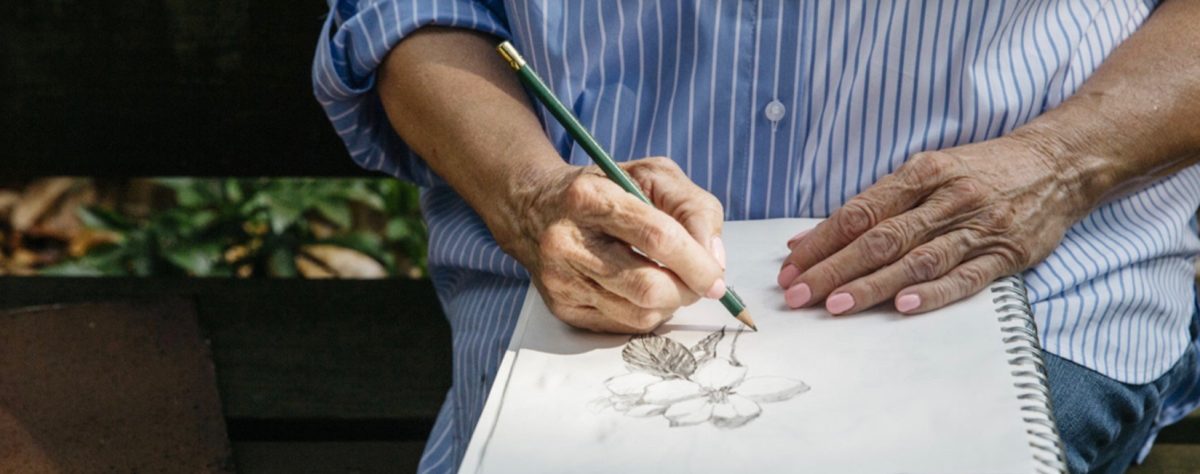Botanical Illustration has up until the 20th century been the sole means of information on various plants, identification, dangers, uses and more. Botanical illustrators traveled the world cataloguing plant life in new worlds and unexplored territory. During the 18th and 19th centuries, the modernization of the printing press led to widespread distribution of the work of botanical artists. Widespread access to books on plant life became available just as gardening was becoming a popular pastime for a growing middle class in the Victorian Age, . Having readily available, affordable books on plants and cultivation information fed the gardening rage of the 19th century that continues to this day.

The printing press and its continuous improvements led to the popularity of Botanical Illustration as both a science and an art form. The printing press was evolving so rapidly during 18th and 19th century that new methods brought Botanical Illustration more and more acclaim. According to Hunt Botanical, there were three classes that the methods of printing pictures fell into:
- relief
- intaglio
- planographic
These terms relate to the printing surface:
- Intaglio is etched into metal
- Lithograph, (planographic) is etched in stone
- Relief stands above the block or plate

George Glazer.com says the first major book of Botanical Illustrations was Hortus Eysttensis published in 1613 by Basilius Besler. It took a team of 10 engravers 16 years working under Besler to create this book. These illustrations in Besler’s book remain very popular to this day. Follow the link to George Glazer.com to see examples.
In a paper by Mary Burns of Northern Illinois University published in Cogent Arts and Humanities that can be found through Taylor and Francis Online goes into great detail about the printing processes of Botanical Illustration in 19th Century Great Britain. Burns categorizes the primary printing types as:
- Aquatint
- Lithography
- Wood Engraving
- Color-printed wood engraving
- The Baxter Process
This article by Burns gives wonderfully detailed descriptions of each process and what it entailed. It is well worth a read for the new appreciation it gives on the process of creating the wonderful Botanical Illustrations of the 19th century and why they are worth preserving.

The techniques used by the 18th and 19th century Botanical artists have been my goal to imitate through modern tools. Over time I have been able to come up with some ways to simulate those techniques, at least partially, minus the printing presses. The aim of seeking to recreate this type of botanical illustration is to give artists a technique that is effortless to pick up while looking like it has taken years and years of practice. The primary focus is to have a beautiful painting to be proud of without a long period of practice.
Happy Painting!!






































